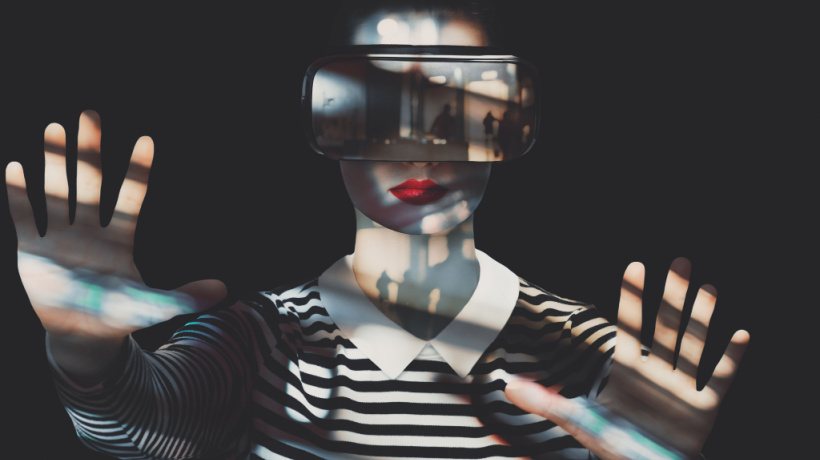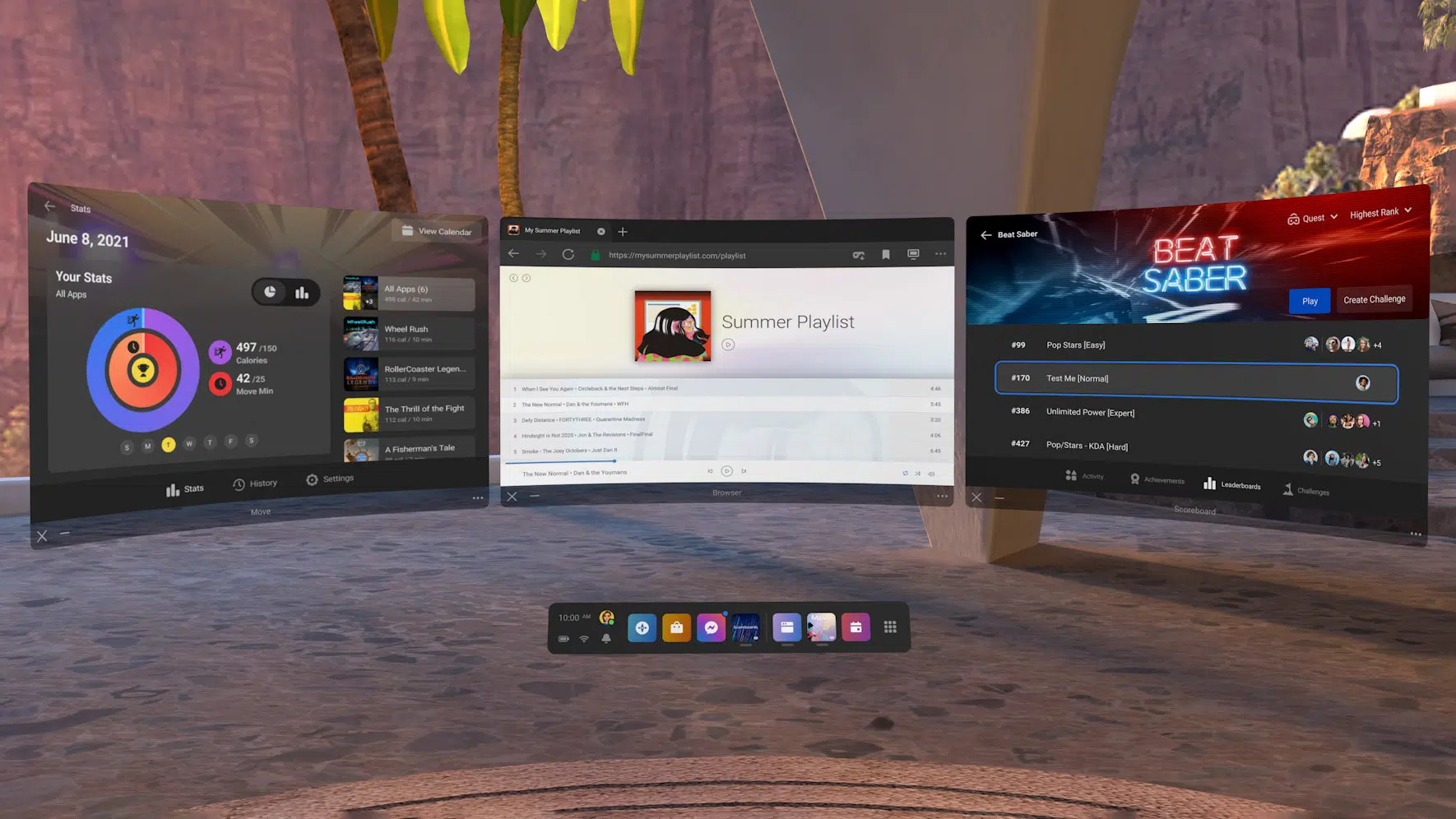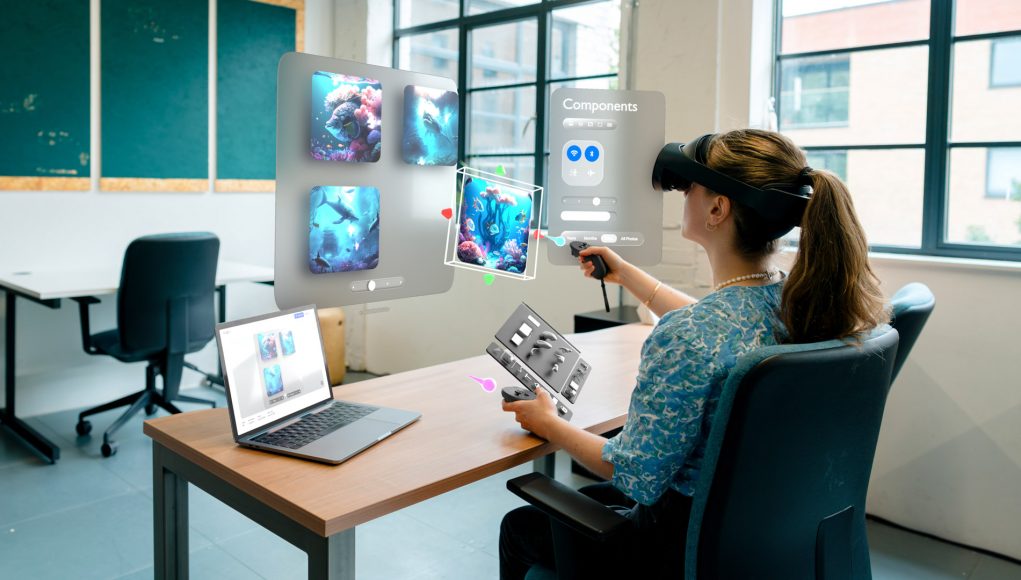What if, the first time your employees accomplish an important task, they’ve already walked through it multiple times? It seems like a contradiction, given that there’s a first time for everything. Through VR-based training, though, that contradiction can become a reality.
Regardless of industry, the right type of training plays a vital role in preparing your workforce for their jobs and enhancing their skills and expertise over time. Traditionally, much of that knowledge is theoretic, words or images on a screen that can be applied to a real-world situation after the fact. Virtual reality training changes that equation, dynamically simulating the environment your workforce actually faces ahead of the first time they encounter that specific situation.
In other words, virtual reality is far more than a concept embraced by gamers and technology geeks. In the right context, VR training for employees helps your company improve productivity while building more engaging and relevant programs for your workforce.
Here are 6 Ways to Incorporate VR Training Programs into Your L&D Strategy.
1) VR Training in a Manufacturing Context
Imagine working on your individual tasks, and being able to see the finished product in action, before you ever step toward the assembly line. That’s the promise virtual reality training brings to the manufacturing industry, which has been eager to take advantage of it.
Manufacturing jobs take place within a larger context. The sights, sounds, and environment of the factory floor are impossible to simulate in a traditional training environment. Through virtual reality, employees can be better prepared for these situations, improving their skills and productivity from the moment they start on their actual tasks.
2) VR Training in a Sales Environment
Sales and retail professionals constantly encounter situations that are unique and require appropriate reactions as part of snap decisions. Unhappy customers, Black Friday rushes, and other scenarios can be addressed through words and images, but are unlikely to resonate until experienced by a new employee.
Walmart has been an especially eager adopter of the technology. Through its VR-based training, employees are prepared for situations better than they would be otherwise. The goal is to incorporate the concept in every Walmart store across the world within the next couple of years to improve both onboarding and continuing development.
3) VR Training in the Medical Profession
Perhaps the most steadfast evidence of the success VR training can bring to a profession exists in the medical field. Here, a number of studies have shown that professionals trained through this opportunity improve their performance, and keep patients safer, as a result.
One study, for instance, focused on how VR-trained technical skills transfer to the operating room. The result was significant. Surgeons who were prepared using the technology were able to dissect a gallbladder 29 percent faster, while professionals not trained using the technology were five times more likely to injure the gallbladder. In short, virtual reality training significantly improved operating room performance.
4) VR Training in Law Enforcement
Like the medical profession, law enforcement requires both theoretical and practical expertise. Encountering unexpected situations is just as important for a successful officer as is fast reaction and decision time.
VR-based training can help with both. In a study of football quarterbacks that are expected to be applicable across industries, individuals prepared for unique situations through VR were able to make decisions that were both faster and better. Replicating a potentially dangerous situation in a safe environment allows law enforcement professionals to better prepare and make better, faster, decisions.
5) VR Training to Right Fit Job Candidates
One unexpected example of VR training programs comes from Germany, where the transportation giant Deutsche Bahn is using the concept to right-fit potential job applicants. Here, candidates for a variety of jobs are shown and trained in the skills for various positions that range from infrastructure management to technical support. Their performance in these virtual environment drives not just the general hiring decisions, but what area they will be hired in as well.
The Deutsche Bahn example could apply to numerous industries, but it’s also interesting because it highlights ancillary benefits of VR training companies. Employees value training, and they want to be engaged in it for maximum success. Highlighting your VR development capabilities might just give you a competitive advantage when recruiting top-end talent.
6) VR Training to Prepare for Space Exploration
Finally, NASA has long been a pioneer in using virtual reality to better prepared its astronauts for space. The technology allows future space explorers to prepare for their mission by preparing the exact tasks they will be expected to accomplish in a safer but authentic virtual environment.
NASA specifically uses the concept to train potential astronauts in spacewalking, which describes the concept of moving outside the space station to accomplish specific tasks. This activity would be impossible to simulate if not for VR, which provides the environment needed for more authentic training possibilities.
Building a Better Training Program for Your Organization
Of course, these are just a few of the examples that show virtual reality as an opportunity to improve your training approach and mechanisms. Virtually every industry that includes at least some hands-on work can benefit from the technology to maximize their employees’ readiness and productivity.
To maximize the impact of these potential benefits, you need to be strategic in finding the right virtual reality training software for your needs. Knowledge Anywhere has been a leader in the space, helping organizations of all sizes both build traditional training modules and adding VR training courses into the equation. Learn more about our capabilities, and take your Learning and Development strategy to the next level.
Quelle:




